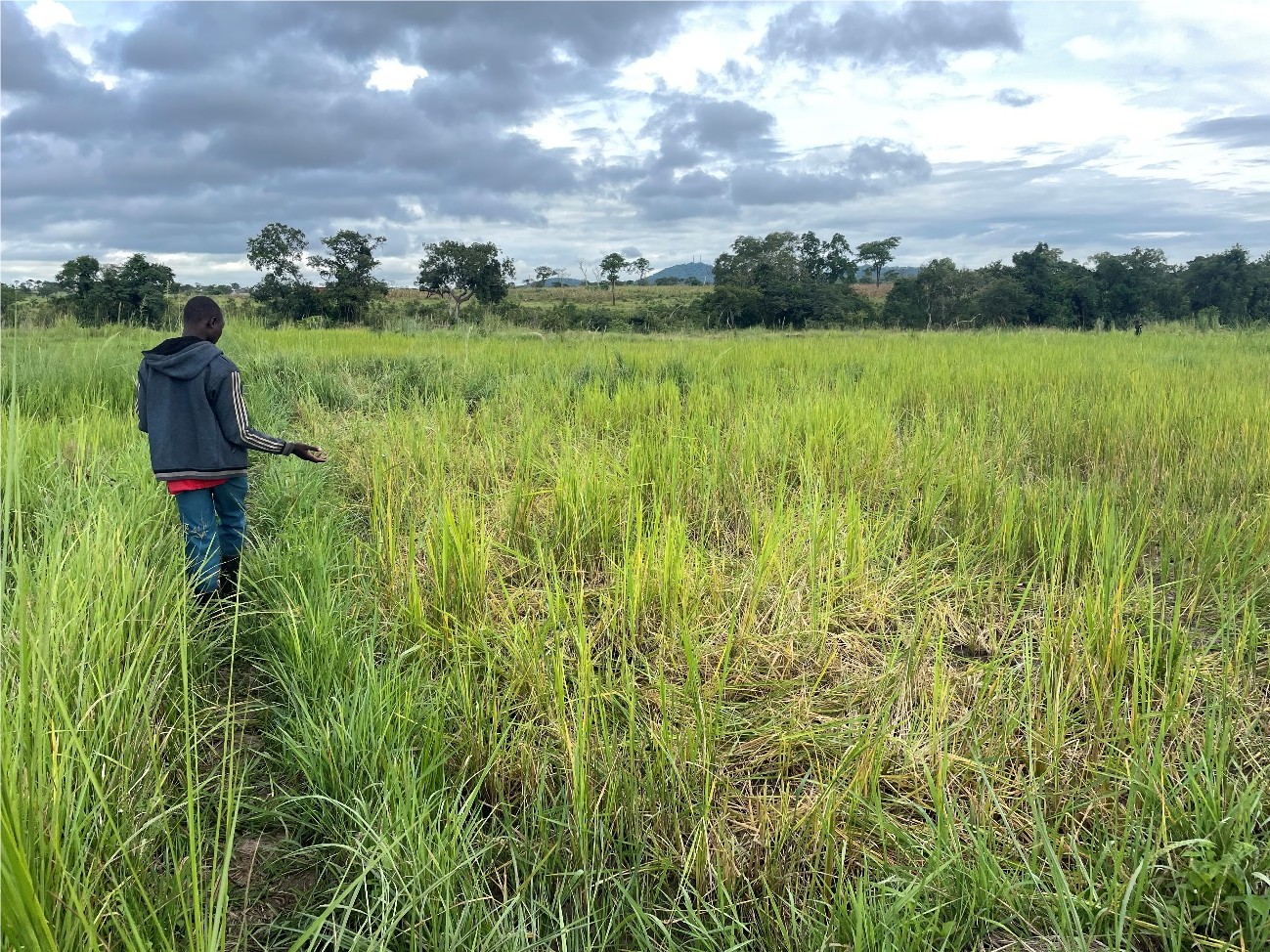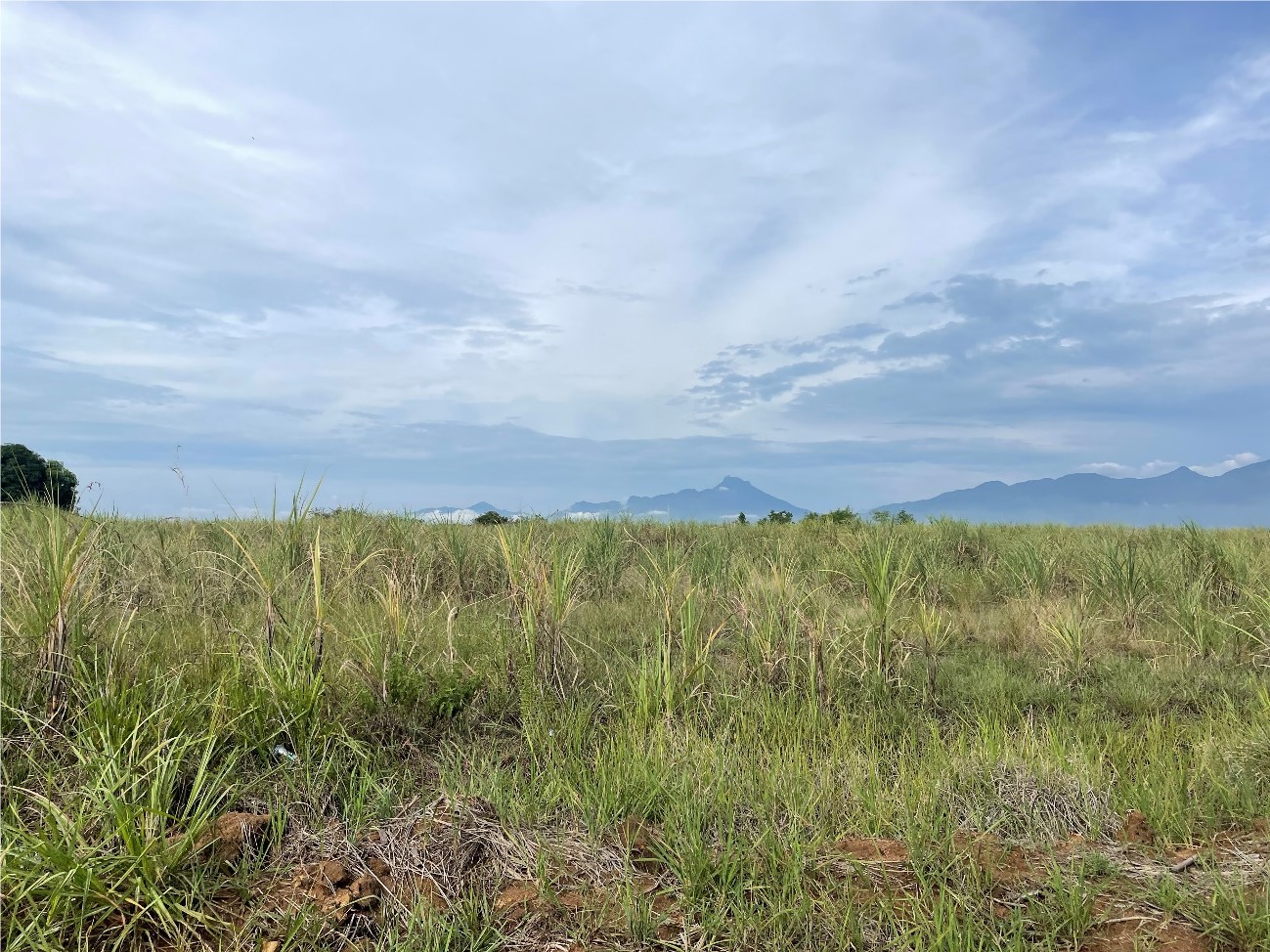Report on the Dispatch to Tanzania
Miho Saito
Assistant Professor
Graduate School of Asian and African Area Studies
Kyoto University
From February 11 to March 23, 2025, I traveled to Tanzania and conducted field work around Katavi National Park. As part of the “Ecological future making of childrearing in contact zones between hunter-gatherers and agro-pastoralist in Africa”, I visited three villages located near the park, conducting interviews related to wildlife crop damage in each village. The aim of this study was to uncover the villagers’ knowledge and perceptions of wildlife. Although not covered in this report, the final goal of the study is to compare these results with the results in South Africa. Additionally, although not addressed in this report, the study also aimed to examine the social relations between rangers and villagers. In Tanzania, I categorized the three villages into two groups: (1) village closest to the national park office where park rangers live, and (2) villages adjacent to the park’s boundary but farther from the park office, with little to no contact with rangers. I interviewed more than 60 people in each category. Group 1 consists of village originally inhabited by ethnic groups such as the Wapimbwe and Wafipa but now populated by diverse ethnicities. On the other hand, Group 2 consists mainly of Sukuma people practicing mixed farming and pastoralism. In Tanzania, there are no fences along the boundary between the national park and the villages, and while entry into the park without permission is restricted, wildlife occasionally moves outside the park.
The interviews included questions on the length of residence in the village, occupation, species of wildlife observed around the farmland and residences, reasons for wildlife venturing outside the park, impressions of wildlife, measures needed to prevent conflicts with wildlife, and impressions of rangers or villagers.
The results showed that Group 1 villagers had lived in the area longer than those in Group 2, and particularly in Group 2, there was a noticeable number of people who had recently moved to the area in recent years. This difference in length of residence may have influenced the findings: in Group 2, especially among women, there was a higher number of people who expressed fear of wildlife compared to Group 1. However, some respondents mentioned that they had been afraid of wildlife when they first moved but had become accustomed to it after living there for several years. When asked about the wildlife species they encountered outside the park, both groups commonly first mentioned “elephants” followed by hippos, buffalo, giraffes, and impalas.

Several interesting responses were gathered from the various questions, but I would like to report on two key topics.
The first topic is the villagers’ impressions of wildlife. Despite many villagers experiencing crop damage from wildlife, very few expressed dislike for them. Many villagers responded that they liked wildlife because they consider it a part of Tanzania’s natural environment (or something created by God). However, these responses were often followed by a request for wildlife to stop coming out of the park and taking their food. In other words, although they recognize the conflict with wildlife, they had not reached the point of complete hatred. The underlying reason seems to be their perception of wildlife as “God’s creation” or the recognition of the “value” of wildlife, as they expressed joy at being able to see animals that are not commonly seen elsewhere in Tanzania. This led to an impression that they tolerated the presence of wildlife despite the conflicts.
The second notable topic was the tendency of some villagers to avoid simplifying the relationship between humans and wildlife into a binary opposition, instead stating that “wildlife and humans are similar.” Elephants were frequently mentioned in this context, with villagers noting, “Elephants are smart like humans, so it’s hard to chase them off when they enter the farmland,” “Elephants don’t eat fallen mangoes like humans do,” and “Elephants, like humans, have their breasts in the front of their bodies (unlike cows or goats, which have them near the hind legs).” This suggests that, despite the crop damage, villagers were engaging with wildlife as interested neighbor.

After completing the field research, I traveled to Nyerere National Park and held a research meeting with Dr. Manase, an ecologist working at the park. Nyerere National Park, located in southeastern Tanzania, also faces crop damage from elephants, similar to Katavi National Park. As researchers working in the southern region, we exchanged opinions on potential future collaborative research.

I then traveled to Dar es Salaam, where I held research meetings with Dr. Komba at Ardhi University and Dr. Jasson at the University of Dar es Salaam. Professor Komba has a strong interest in human–wildlife conflict. We discussed the data to be collected before her upcoming visit to Japan and the data analysis that would take place after her arrival. We confirmed the potential for smooth collaborative research on human–wildlife conflict.
In the future, I will continue to analyze and discuss the data with the goal of publishing and presenting it at academic conferences. I would like to express my gratitude to all those who supported me during this trip.
